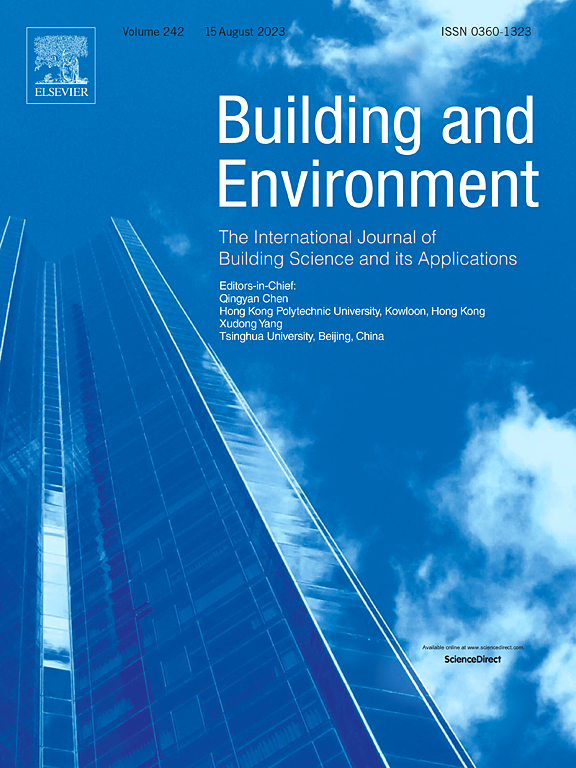Authors: Hernandez-Cruz, Pablo a, Erkoreka-Gonzalez, Aitor a , Giraldo-Soto, Catalina a, Mora, Laurent b, Eguía-Oller, Pablo c
a ENEDI research group, Energy Engineering Department, Faculty of Engineering of Bilbao, University of Basque Country UPV/EHU, Pl. Ingeniero Torres Quevedo 1, Bilbao, Spain
b I2M – Institute of Mechanics and Engineering, University of Bordeaux CNRS (UMR 5295), Site ENSAM, Esplanade des Arts et Métiers, Talence, France
c CINTECX, Universidade de Vigo, Rúa Maxwell s/n, Vigo, 36310, Spain
Building and Environment, Open Access, April 2024
Keywords: IAQ variables, Uncertainty analysis, Occupancy in buildings

Impact Factor: 7.1
Abstract: Most monitoring systems and models in buildings assume homogeneous measurements of indoor variables such as temperature, relative humidity (RH), CO2 concentration or water vapour content (Pv) throughout a thermal zone. However, these indoor variables may have different values within a thermal zone, depending on the physical location of the sensor. This spatial variability, which is not an error per se, depends on factors that cannot be controlled or eliminated, mainly due to air stratification. Consequently, if a hypothetical homogeneous value of the variable is assumed, the measurement may contain random errors. In this research, we use a statistical methodology to analyse and quantify the Overall Uncertainty (UX) when measuring these indoor variables. The UX comprises the inherent inaccuracies of the monitoring system, indicated as Systematic Uncertainty (UX(s)), and the random errors associated with the spatial variability of the variables, evaluated as Spatial Uncertainty (UX(sp)). We have found that the UX(sp) of the temperature and RH measurements are considerably higher than their UX(s). However, the spatial variabilities of the CO2 concentration and Pv measurements are similar to the systematic uncertainty. Furthermore, we have compared the indoor and outdoor variable measurements. Spearman’s correlation coefficient between the indoor and outdoor Pv indicates a strong positive correlation. This, together with the uncertainty analysis, confirms that the Pv (or RH) is not a suitable variable to detect presence in mechanically ventilated buildings. Conversely, as expected, there is no correlation between the indoor and outdoor CO2 concentrations, confirming the advantages of this variable for occupancy detection.